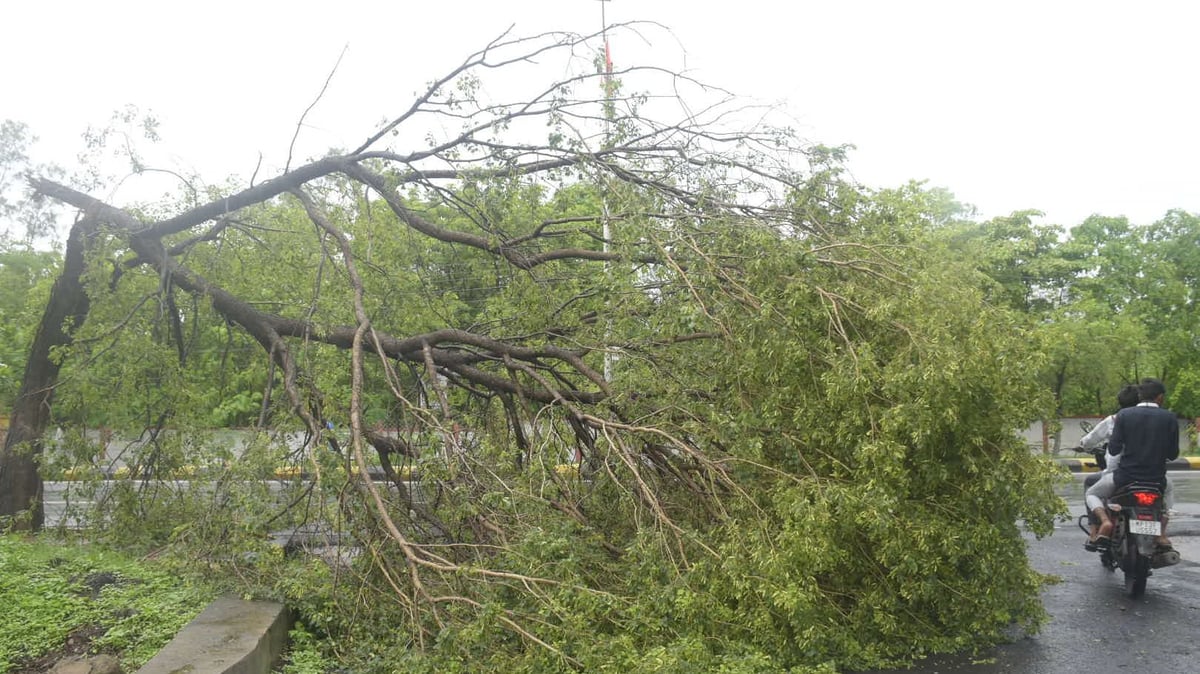Tree-Felling Incidents in Pune Surge to 1,664 This Year, Experts Cite Concretisation as Main Cause | FP Photo
Despite the growing green cover, as many as 1,664 tree-felling incidents have been reported in Pune from January to November this year. The experts and activists cited that covering the tree base with paver blocks and concretisation around the tree area covering their roots are the main reasons for the rise in tree falling.
The data from the Pune Municipal Corporation’s (PMC) Fire Department revealed that in the past four years, tree-falling incidents have increased. In 2020, around 1,152 cases of tree falling were registered, and in 2021, around 695 cases were registered, in 2022, 979 cases were reported, last year, the cases went up to 973, and this year, till November, the cases went up to 1,664.
This monsoon, several trees fell in the city’s Shivajinagar, BMCC Road, Prabhat Road, Bhandarkar Road, Deccan Gymkhana, Law College Road, Kalyaninagar, and Yerawada neighbourhoods, said a PMC official.
Officials from the PMC’s Fire Department stated that one of the main causes is a lack of upkeep on the part of the Garden Department and the Tree Authority Department. Trees are impacted by constructions around them, particularly pathways, and as a result, they lose their root’s ability to support them, causing them to topple.
Here’s what activists said
Raja Subramani, an activist, said, “Tree roots get water during monsoon when water percolates down soil. When we cover the soil with concrete, the water runs off and little water percolates, the trees struggle to get water and weaken considerably to either fall or dry up.”
Geetanjali Prabhakar, a resident of Kothrud, said, “Tree-falling incidents have emerged as life-threatening for motorists and, during the monsoon, tree falling tends to rise. The cement blocks impact the trunk leading to decay of the interiors, making the tree susceptible to fall during monsoon and strong winds.”
However, Ashok Ghorpade, an official from the PMC’s Garden Department, claimed, “The MSEDCL trims tree branches as needed, often creating an imbalance in their structure. This, combined with concretisation around the base, weakens the roots, making trees more susceptible to falling. Exotic species are particularly prone to such incidents, unlike indigenous trees, which are sturdier and fall less frequently. Every year, we plant around 60,000 to 70,000 trees, mostly during plantation drives on barren lands.”
